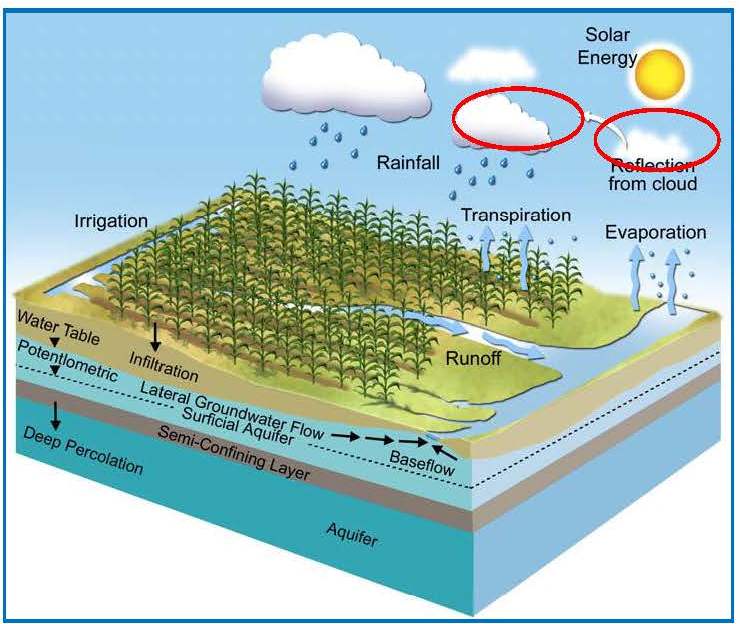Remote sensing datasets are increasingly being used to provide spatially explicit large scale evapotranspiration (ET) estimates. The focus of this study was to estimate and thematically map pixel-by-pixel basis, and compare the actual evapotranspiration (ETa) of the Wonji Shoa Sugarcane Estate using Surface Energy Balance Algorithm for Land (SEBAL), Simplified Surface Energy Balance (SSEB) and Operational Simplified Surface Energy Balance (SSEBop) algorithms on Landsat7 ETM+ images acquired on four days in 2002. The algorithms were based on image processing which uses spatially distributed spectral satellite data and ground meteorological data to derive the surface energy balance components. The results obtained revealed that the ranges of the daily ETa estimated on January 25, February 26, September 06 and October 08, 2002 using SEBAL were 0.0–6.85, 0.0–9.36, 0.0–3.61, 0.0–6.83 mm/day; using SSEB 0.0–6.78, 0.0–7.81, 0.0–3.65, 0.0–6.46 mm/day, and SSEBop were 0.05–8.25, 0.0–8.82, 0.2–4.0, 0.0–7.40 mm/day, respectively. The Root Mean Square Error (RMSE) values between SSEB and SEBAL, SSEBop and SEBAL, and SSEB and SSEBop were 0.548, 0.548, and 0.99 for January 25, 2002; 0.739, 0.753, and 0.994 for February 26, 2002;0.847, 0.846, and 0.999 for September 06, 2002; 0.573, 0.573, and 1.00 for October 08, 2002, respectively. The standard deviation of ETa over the sugarcane estate showed high spatio-temporal variability perhaps due to soil moisture variability and surface cover. The three algorithm results showed that well watered sugarcane fields in the mid-season growing stage of the crop and water storage areas had higher ETa values compared with the other dry agricultural fields confirming that they consumptively use more water. Generally during the dry season ETa is limited to water surplus areas only and in wet season, ETa was high throughout the entire sugarcane estate. The evaporation fraction (ETrF) results also followed the same pattern as the daily ETa over the sugarcane estate. The total crop and irrigation water requirement and effective rainfall estimated using the Cropwat model were 2468.8, 2061.6 and 423.8 mm/yr for January 2001 planted and 2281.9, 1851.0 and 437.8 mm/yr for March 2001 planted sugarcanes, respectively. The mean annual ETa estimated for the whole estate were 107 Mm3, 140 Mm3, and 178 Mm3 using SEBAL, SSEB, and SSEBop, respectively. Even though the algorithms should be validated through field observation, they have potential to be used for effective estimation of ET in the sugarcane estate.

